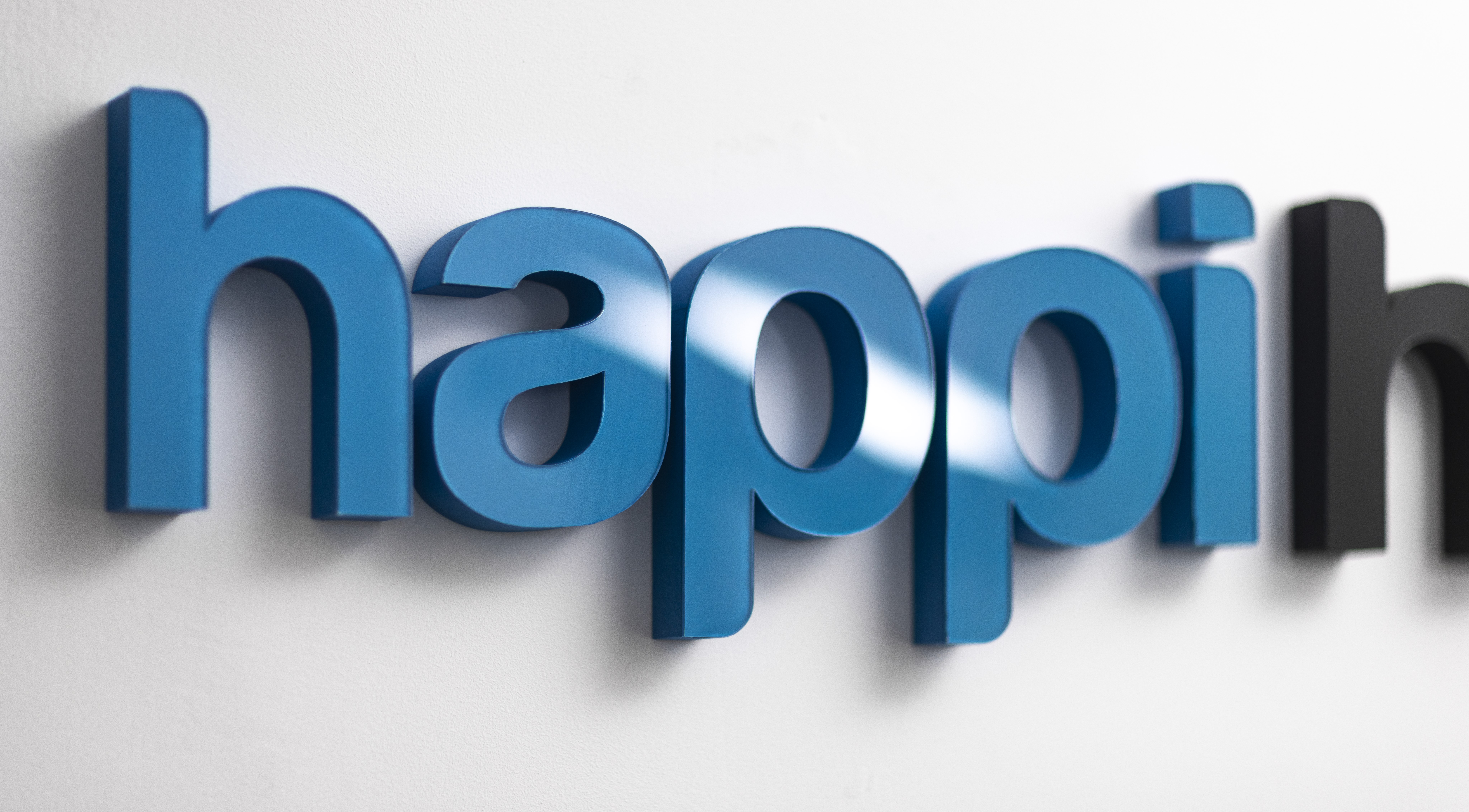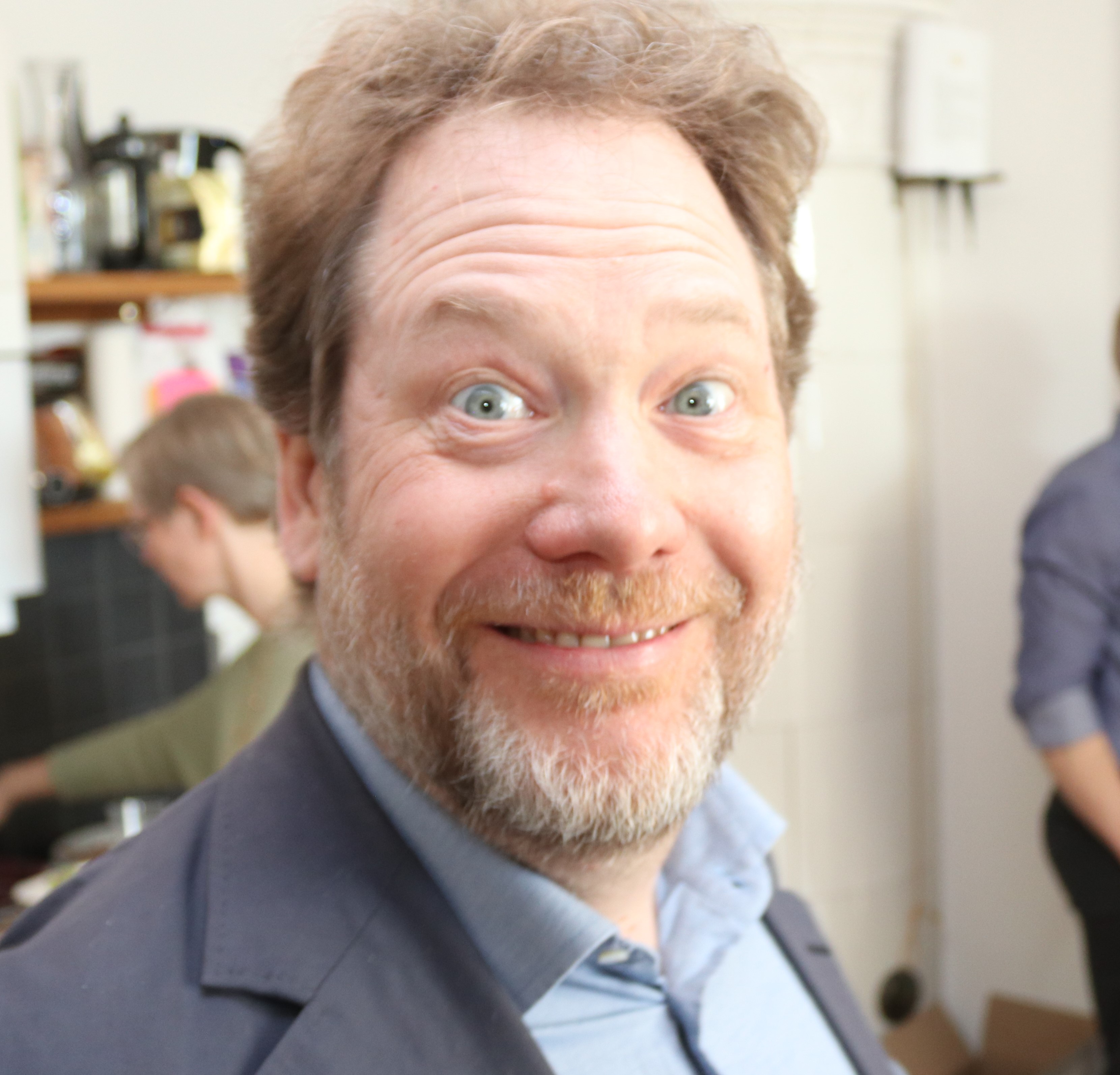It is never about technology - until it is
Then it is Erlang
Posted: 2023-06-06
In software development, there's a saying that I've come to appreciate:
It's never about technology - until it is.
It's a bit of a riddle, a paradox that seems to contradict itself. But as you dwell deeper into the world of code, systems, and digital solutions, you'll find that this statement holds a profound truth.
Let's break it down.
When we say, 'It's never about technology' we're acknowledging that at the heart of every software solution, every app, and every digital tool, we're trying to solve a human problem. We're not just writing code for the sake of writing code. We're creating solutions to make people's lives easier, to streamline processes, to bring joy, or to connect people. Technology is not the end goal; it's the means to an end.
But then we say, 'until it is'. This is where the paradox comes in. While our ultimate goal is to solve human problems, we can't ignore the technology itself. The tools we use, the systems we design, the code we write - they all matter. They're the vehicle that carries our solutions from concept to reality. And if that vehicle isn't built well, it won't get us where we need to go.
Let's look at two real-world examples. First, take Klarna, a Swedish fintech company, that had a simple idea: bring trust to e‑commerce by providing a buy-now-pay-later service. This idea wasn't about technology; it was about solving a problem. Merchants worried about getting paid, and customers worried about receiving what they ordered. Klarna's solution addressed both concerns in a very simple way: include a paper invoice in the delivery.
As Klarna grew they needed to handle an increasing number of transactions, maintain a robust service and deliver features quickly. That's where technology came into play. Fortunately, Klarna had chosen Erlang as the main technology for their online payment system.
Erlang allowed Klarna to rapidly prototype and test new features, thanks to its functional programming paradigm. It also provided robustness and scalability, critical for a company handling billions in payments. Klarna's success story isn't just about a great business idea; it's also about choosing the right technology to execute that idea.
Our other example is WhatsApp. It wasn't about groundbreaking technology; it was about providing a simple, reliable, and user-friendly platform for people to connect. And connect they did, in the billions!
WhatsApp had also wisely chosen Erlang to implement its secure messaging service. Erlang was the unsung hero, working tirelessly behind the scenes to ensure that every 'hello', every 'happy birthday', and every 'I love you' was delivered without a hitch. It allowed WhatsApp to manage billions of messages with a relatively small team of engineers, a feat that was nothing short of miraculous.
Erlang's functional programming paradigm allowed WhatsApp to rapidly prototype and test new features. It also provided the robustness and scalability needed to handle an ever-growing number of messages. WhatsApp's success story isn't just about a great business idea; it's also about choosing the right technology to execute that idea.

Let's not forget the unsung heroes - the people. People are the lifeblood of any organization. They are the ones who breathe life into technology, turning cold, hard code into vibrant, dynamic solutions. At HappiHacking, we're all about people. We believe that the right people, armed with the right tools, can create magic. And by magic, we mean robust, scalable, and efficient solutions that drive business growth.
But here's the challenge - how do we strike the perfect balance? How do we ensure that our focus on people doesn't overshadow the importance of business value or the role of technology? This is where we need a guiding principle, a compass to navigate the delicate balance between these crucial elements.
That is where the Happy Path Method comes in. It focuses on the positive outcomes, the 'happy paths', rather than getting bogged down by every possible thing that could go wrong. It's about fostering a positive mindset and creating solutions that work. It's about making the journey toward the solution as enjoyable as reaching the destination itself. And trust me, it's a game-changer!
The Happy Path Method is a unique approach that, contrary to its name, isn't about skipping through fields of daisies. It's a serious, business-focused methodology that emphasizes delivering value above all else. It's about understanding what success looks like for a business and then charting the most direct path to achieve that success.
It's easy to get lost in the weeds of technical details and potential edge cases. While it's important to consider these factors, they should not overshadow the ultimate goal - delivering value to the business. The Happy Path Method keeps this goal front and center. It's about identifying the core functionality that will deliver the most value, and focusing on implementing that functionality first and foremost.
This approach does not ignore potential problems or challenges. Instead, it acknowledges them but does not allow them to derail the development process. It's about maintaining a positive, solution-oriented mindset. It's about saying, 'Yes, we will likely encounter challenges along the way, but let's not allow those challenges to distract us from our primary goal.'
At HappiHacking, we've embraced the Happy Path Method in our work. We understand that our clients are not just looking for technical expertise; they're looking for partners who can help them realize their business goals. We focus on understanding our client's needs, identifying the solutions that will deliver the most value, and then implementing those solutions in the most efficient and effective way possible.

When it comes to technology our go-to tool is Erlang. If we can not use Erlang, we are also well-versed in most other programming languages, and we can take the Erlang philosophy with us to any environment.
Erlang comes with a set of tools and principles that make it easier to build robust, scalable, and maintainable applications. One of these principles is the idea of supervisors and independent processes.
In Erlang, a supervisor is a process that monitors other processes, known as worker processes. If a worker process encounters an error and crashes, the supervisor automatically restarts it. This means that even if a part of your system fails, the rest of it can continue to function normally. It's like having a safety net that catches you when you fall, allowing you to get back up and continue on your path.
This ties in beautifully with the Happy Path Method. When you're focusing on the happy path, you're focusing on the core functionality that delivers the most value. But what happens if an error occurs? That's where Erlang's supervisors come in. They ensure that even if a part of your system encounters an error, it doesn't derail your entire process. You can continue focusing on the happy path, knowing that the supervisors have got your back.
Moreover, Erlang's support for independent processes means that different parts of your system can operate concurrently and independently. If one process encounters an issue, it doesn't affect the others. This means you can continue delivering value through the other parts of your system, even when facing challenges.
In essence, Erlang and OTP provide a technical framework that supports the Happy Path Method. They allow you to focus on delivering value, without getting bogged down by errors or failures. They provide the resilience and reliability that let you keep your eyes on the prize - the happy path that leads to business success. At HappiHacking, we leverage these tools to help our clients navigate their path to success, one happy step at a time.

As for our services at HappiHacking, we're not just about coding. We're about creating solutions. We're about understanding your business needs and translating them into technology. We're about leveraging our expertise in Erlang, Elixir, Java, testing, DevOps, and other technologies to deliver solutions that are tailor-made for your business. From system architecture and design, to development and code reviews, we've got you covered. We're not just service providers; we're your partners in growth.
The next time you think about technology, remember - it's not just about the code. It's about the people who make the code work. It's about the methods that make the journey enjoyable.
So, yes, it's never technology - until it is. We must always remember the human problems we're solving, but we can't ignore the technology that helps us solve them. It's a delicate balance, a dance between two seemingly opposing forces. But when we get it right, when we find that sweet spot between problem and solution, between human and technology, that's when we create something truly remarkable.
When it comes to choosing a technology partner who understands your needs and delivers solutions that drive growth. Choose wisely, choose HappiHacking!

Happi Hacking AB
KIVRA: 556912-2707
106 31 Stockholm
